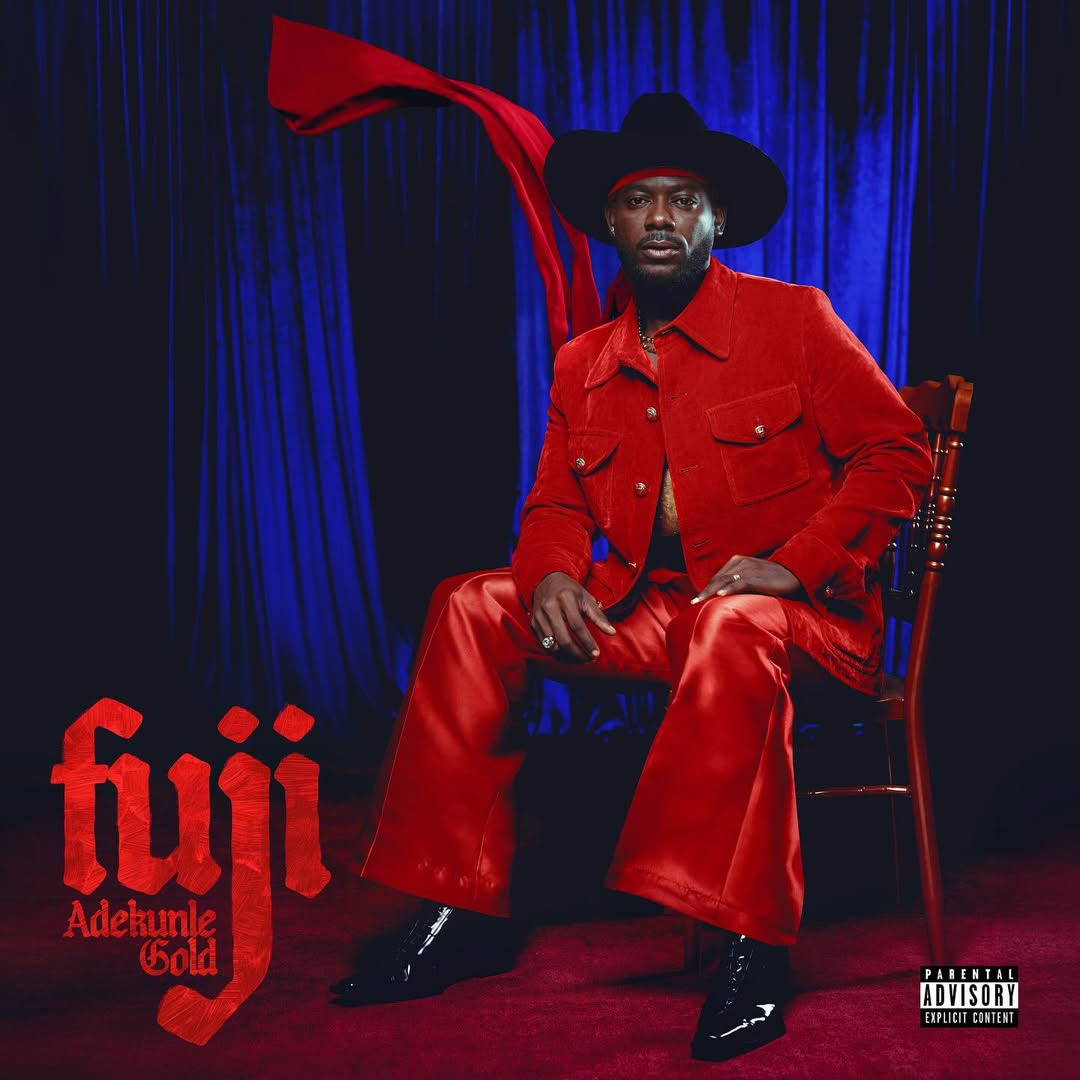Spotify Says Afrobeats Streams Are Up 400%: What the Data Doesn’t Tell You
In 2025, Spotify’s latest numbers made the headlines: Afrobeats streams in Latin America are up more than 400% since 2020, with Brazil alone recording a 500% spike. In Nigeria and South Africa, royalties paid to artists hit roughly $59 million in 2024, a record for African creators on the platform.
On paper, it looks like Afrobeats has officially conquered the world. But the real story isn’t just about numbers. It’s about how data, streaming algorithms, and platform economics are reshaping the creative power structure of African music, often in ways that don’t fully benefit the people making the music.
The Rise of Data as Africa’s New Record Label
The story of Afrobeats used to be about rhythm, community, and cultural export. Now, it’s also about dashboards, analytics, and playlists.
For today’s artist, success isn’t measured only by who dances to your song in Lagos or London, it’s by what the Spotify for Artists graph says about Santiago, São Paulo, and Seoul. Data has become the new A&R department, telling artists what to make, where to tour, and who to collaborate with.
Spotify’s 2025 report captures this perfectly. It shows Afrobeats becoming one of the fastest-growing genres not only in Africa but across Latin America, with listenership up 180% year-on-year in 2025. Mexico, Argentina, and Brazil are now among the top emerging consumer markets for African sounds.
But beneath those numbers lies a paradox. African music is traveling farther than ever, yet the economic return still flows unevenly.
When the Algorithm Becomes the Middleman
Afrobeats’ global expansion didn’t happen by accident. It was engineered by data and discovery algorithms.
Spotify’s own editorial playlists like African Heat and Afrobeats Hits became gateways to global exposure, while algorithmic playlists (those automatically generated by listening habits) quietly reshaped how millions encounter African music.
But here’s the catch: the same algorithms that amplify African music also decide who gets seen and who gets sidelined. A song might blow up in São Paulo but still earn little revenue if ad spends or subscription rates are lower in that region.
And for many African artists, their music’s global reach doesn’t always equal global pay. Spotify’s royalty per stream is tied to geography and subscription tiers. This means a million streams in Brazil won’t pay the same as a million in the U.S.
As Creative Brief has noted in previous analyses, this reinforces an uncomfortable truth: Africa exports sound, but not yet sovereignty.
Adekunle Gold and the Global Strategy Era
Few artists capture this shift better than Adekunle Gold.
In October 2025, he released his sixth studio album, FUJI, which he called “my greatest work yet; a return to the essence of why I started making music.” The project leans into Yoruba-rooted fuji, apala, and tungba rhythms but merges them with polished global production.
The rollout was intentional. Pre-release singles like Bobo (ft. Lojay & Shoday) and Believe blurred linguistic and cultural borders, blending Yoruba storytelling with pop textures that resonate globally. Every element like visuals, release timing, short-form campaigns, was engineered for cross-market visibility.
What FUJI represents is the data-driven evolution of authenticity. Adekunle Gold isn’t diluting his roots to fit the global mold; he’s using analytics to amplify them. It’s a blueprint for a generation of African musicians who understand that the next frontier of culture isn’t in mimicry, but in strategic heritage, knowing your sound, and knowing how to move it.
The Latin Link: A Cultural Feedback Loop
Spotify’s 2025 Latin America report wasn’t just about numbers; it was about connection.
It showed how Latin and African sounds have begun to mirror each other, both driven by percussion, storytelling, and digital community. The report described it as “a generation of Latin American and West African artists speaking the same language.”
That cultural crossover is now visible in collaborations — think Burna Boy’s Latin-inflected hooks, or Rema’s rhythmic experiments that borrow from reggaeton energy.
But it also exposes something deeper: a shared reliance on platform distribution power. Both Afrobeats and Latin genres depend heavily on Western platforms to circulate their art. The more global their sound becomes, the more dependent they are on algorithms they don’t control.
What the Data Doesn’t Tell You
Spotify’s reports are designed to celebrate success. But data has blind spots, especially when it comes to creative equity.
Visibility ≠ Profitability
Artists may see huge growth in streams, but those streams often convert to modest payouts. The streaming economy rewards scale, not necessarily innovation.Data Is Unevenly Distributed
Labels and aggregators with premium analytics access make more strategic decisions than independent artists uploading through open distribution platforms. Data inequality leads to opportunity inequality.Algorithmic Bias Persists
African artists are often categorized under “world music” or “Afrobeats,” even when their sound defies those labels. That limits playlist diversity and discovery.Cultural Ownership Is Fragile
As Afrobeats becomes more global, its origin stories risk dilution. A hit can trend in Mexico without listeners realizing it’s Nigerian.
Why Africa Still Needs Its Own Data Infrastructure
For Africa’s creative economy, the next leap won’t come from streaming numbers — it’ll come from ownership of data pipelines.
Imagine if African platforms could aggregate regional streaming data, identify emerging sub-genres before they hit global charts, and negotiate distribution on equal terms. That’s the infrastructure gap.
Right now, Spotify, YouTube, and Apple Music are the dominant storytellers. Their reports define how success is measured, which in turn defines how funding, sponsorship, and global recognition flow.
Until African platforms — or African-led data cooperatives — can produce their own verified insights, the continent’s creative narrative will remain outsourced.
From Streams to Strategy
Streaming used to be the goal. Now it’s the starting point.
For African artists, the question is no longer “How many streams?” but “Where are my listeners, and what can I do with that data?”
Managers are building micro-campaigns around geography-specific fanbases. Labels are negotiating smarter sync deals based on demographic analytics. Artists are investing in short-form content to feed algorithmic discovery loops.
The smartest creators, from Tems to Tyla to Amaarae, are treating streaming not just as exposure, but as market research. Every view, playlist, and skip button is feedback.
Governments and Data Power
Here’s where policy comes in, and why it matters.
If governments across Africa are serious about the creative economy, they must begin to treat data as cultural infrastructure. Platforms don’t just distribute music; they control algorithms that influence taste, revenue, and reputation.
Regulators in markets like the EU and Canada are already debating algorithmic transparency laws. Africa can’t afford to stay reactive. It must demand visibility into how African creators’ content is ranked, monetized, and surfaced globally.
Without that, the continent’s artists will remain creators of culture but not custodians of value.
The Future of Sound: From Lagos to Lima
The next five years will determine whether Afrobeats becomes a sustainable global export or another creative boom absorbed by the algorithms that distribute it.
The good news is, Africa’s talent pipeline has never been stronger. Smartphones, social platforms, and affordable studio tech have flattened entry barriers. And the diaspora is bridging the global-local divide, feeding the world’s appetite for authenticity.
But as Spotify’s data reminds us, the challenge isn’t whether the world is listening. It’s whether the world is paying fairly, visibly, and sustainably.
A guest post by
A curious mind exploring the crossroads of creativity and insight.





